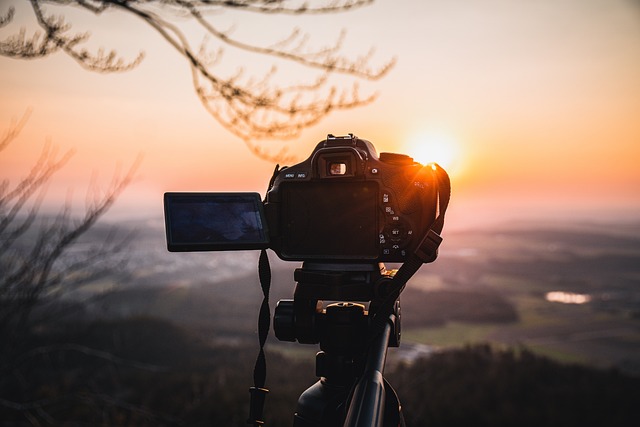Table of Contents
Welcome, DSLR camera and Digital Photography Enthusiast!!!
Are you ready to delve into the fascinating world of DSLR cameras and elevate your photography skills? Let’s embark on a journey to explore the basics of DSLR and discover the incredible possibilities it offers.
Understanding DSLR Photography – Beyond the Basics
DSLR stands for Digital Single Lens Reflex Camera, a powerful blend of optics and mechanisms from traditional single-lens reflex cameras with the digital imaging prowess of modern technology. Unlike compact point-and-shoot cameras, DSLRs come with a myriad of high-quality features and the flexibility to change lenses based on your photographic needs.
The significant difference lies in the size and mechanism of the imaging sensor. A DSLR boasts a larger sensor, resulting in higher-quality images and videos. With manual options and interchangeable lenses, DSLRs empower photographers to unleash their creativity and capture images that reflect their unique vision.
Sensor Size Matters – Crop v/s Full Frame
There are two prevalent types of DSLR cameras based on sensor size as crop sensor and full frame. Beginners and semi-professionals often opt for crop sensor DSLRs, while professionals lean towards full-frame DSLRs. The crop sensor leads to a 1.6x crop factor, affecting the effective focal length of lenses. In contrast, full-frame DSLRs maintain the true focal length without any cropping.
Anatomy of a DSLR – Exploring the Components
- 1. Main Camera Body – The core of your DSLR setup.
- 2. Interchangeable Lenses – Unlocks diverse creative possibilities.
- 3. Internal Components – Sensor, Shutter Unit, Aperture Unit, Pentaprism, and Viewfinder Mechanism
- 4. Infrared Focus – Ensures precise focus distance.
- 5. Hot Shoe – Some DSLRs feature a hot shoe for additional flash options.
- 6. Auto and Creative Modes – From Full Auto to Creative Zone modes, offering flexibility in shooting.
- 7. Program, Time Value, Aperture, and Manual Modes – The creative zone modes allow for manual control and artistic expression.
Choosing the Right Lens for the Right Shot
For various photography genres like portraits, landscapes, weddings, and macro photography, DSLRs offer a plethora of lens options. Lenses come with different focal lengths, either fixed or variable, catering to different shooting scenarios. Autofocus and manual focus modes provide the flexibility to adapt to diverse capturing environments.
What is the main difference between a DSLR and a compact camera?
DSLRs offer higher quality and more advanced features, including the ability to change lenses, compared to fixed-lens compact cameras.
What are the two main types of DSLR cameras based on sensor size?
Crop sensor and full-frame sensor DSLRs are the two main types. Crop sensors are popular among beginners, while professionals often opt for full-frame sensors.
What are the creative modes in a DSLR, and how do they enhance photography?
Creative modes include Program, Time Value, Aperture, and Manual modes. They provide manual control, allowing photographers to unleash their creativity and achieve desired effects.
How do lenses contribute to diverse photography genres with a DSLR?
Different lenses with varying focal lengths, either fixed or variable, cater to specific genres like portraits, landscapes, weddings, and macro photography, providing versatility for capturing diverse scenes.
Conclusion – Unleash Your Creativity with DSLR Mastery
In this brief introduction to DSLR, we’ve scratched the surface of the incredible potential these cameras hold. Stay tuned for more in-depth discussions on various topics related to DSLR photography. Whether you’re a novice or a seasoned photographer, there’s always more to learn and explore in the captivating world of DSLR cameras.
What topics would you like us to cover in our upcoming blog posts? Share your suggestions and stay tuned for a deeper dive into the art and science of DSLR photography!
Please let us know if you need any adjustments or if there’s anything specific you’d like to add or emphasize in the blog post.
